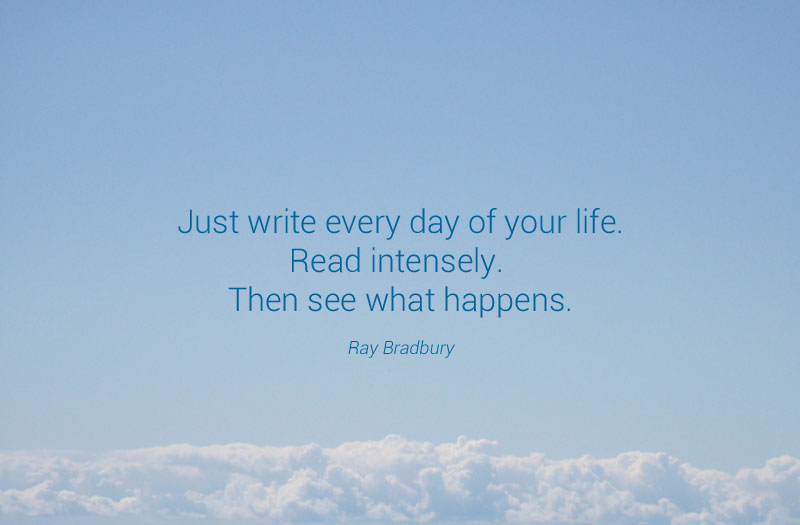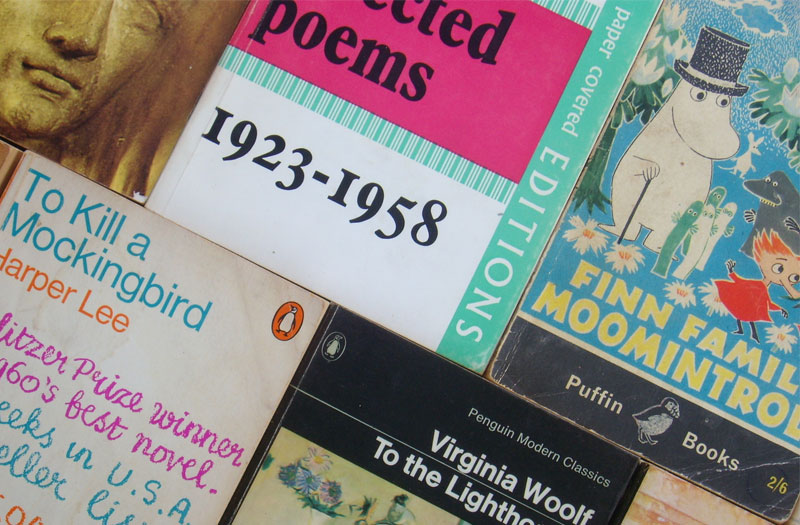To begin with, there’s the dictionary. It’s always a good place to start. I have a thicket of dictionaries (collective noun, anyone?) scattered about my shelves, including a hefty, two volume New Shorter Oxford. But the one that’s in residence on my desk is The Macquarie Concise Dictionary. Together with The Australian Oxford Dictionary, the Macquarie is generally accepted as the standard for Australian spelling. It’s the one I refer to when copyediting and proofreading.
Next come the classy couple of Penguin Working Words and The Cambridge Australian English Style Guide. Between them, these two debonair texts tell me (almost) everything I need to know about correct and preferred language use. I could probably refer to just one or the other, but I enjoy exploring the variations in their explanations of various linguistic topics. While I may refer to them less often than my dictionary when working, I’m always enlightened by what I find in their pages.
The other two books on my desk are a little different. One is very old. The other is very new. Both are gifts from friends I cherish.
The old book is a genuine gem. It’s a small but erudite text on etymology, the study of the roots and origins of words. This text is so impressive it has not one but two semicolons in its title. In full, it is The Pupil’s Guide to English Etymology; containing the Principle Roots from the Latin, Greek, and Other Languages, with their Derivatives; together with Copious Exercises on Prefixes and Affixes by George Manson. “Copious Exercises”? Why, yes!
Published in 1848, its cover is grimed and almost worn through. The pages crackle peevishly when turned and the print is small enough to cause a hawk to squint. Even so, this book simultaneously intrigues, delights and inspires me.
It is perhaps not entirely necessary to delve into the roots of words in order to use them judiciously. However, there is power in understanding the true meaning that lies at their heart. Such knowledge can make one’s choice of words more conscious and also more creative.
The new book arrived just a few weeks ago. It is a copy of Neil Gaiman’s ‘Make Good Art’ speech, originally delivered at Philadelphia’s University of the Arts. The book is designed by Chip Kidd and features artfully arranged text in a striking palette of turquoise, red and white.
The design is engaging but the ideas presented are even more so. Gaiman’s kind and wise advice can not help but make the reader feel reassured about the value of art and effort and experimentation. Above all, this speech is a celebration of both making mistakes and making it up as you go along.
I don’t look to this book for rulings on spelling or usage. I don’t investigate it for insights into the origins of language. Instead, I open it when I’m feeling uncertain or discouraged. I read a page, then usually another, enjoying the energy of the typesetting and the encouragement in the tone of voice. When I feel better, I close the book and go on with whatever task is at hand.
These five books live amicably on my desk. They each reflect my appreciation for words and they aid me in my work. In their own ways, all affirm the extraordinary effect that well chosen and carefully crafted language can have.
They also ensure that I learn ever more about its subtlety, power and pleasure.
Which books do you keep near you for guidance or sustenance? Which give you the most insight and delight?
 I’m not really one for making new year’s resolutions. I don’t see the point. If you’re hoping to change your habits, your activities or the whole glorious jumble of your life, why wait until 1 January?
I’m not really one for making new year’s resolutions. I don’t see the point. If you’re hoping to change your habits, your activities or the whole glorious jumble of your life, why wait until 1 January? In my
In my  Here’s a question you won’t find popping out of a Christmas cracker any time soon: What do Winnie-the-Pooh, Japanese haiku, Tove Jansson’s Finn Family Moomintroll, Brewer’s Dictionary of Phrase and Fable and the complete works of Shakespeare have in common?
Here’s a question you won’t find popping out of a Christmas cracker any time soon: What do Winnie-the-Pooh, Japanese haiku, Tove Jansson’s Finn Family Moomintroll, Brewer’s Dictionary of Phrase and Fable and the complete works of Shakespeare have in common?